Command Palette
Search for a command to run...
AI Weekly Paper Report: Applications of Visual Language Models, New Discoveries of Unstable Singularities, and Reinforcement Learning—Understand Innovation Trends and Frontier Developments Across Multiple Fields in One Article

Omnidirectional vision, with its ability to perceive the environment in 360 degrees, has become increasingly critical in fields such as robotics, industrial inspection, and environmental monitoring. Compared to traditional pinhole vision, omnidirectional vision provides a global perspective of the environment, significantly improving scene understanding and decision-making reliability. However, fundamental research in this field has long lagged behind the development of traditional pinhole vision.
Against this backdrop, the Hong Kong University of Science and Technology, in collaboration with INSAIT Institute of Sofia University, Shanghai Jiao Tong University, and other domestic and international universities and institutions, combined insights from academia and industry to propose PANORAMA, an ideal panoramic system architecture for the era of embodied AI. The research also explored in depth emerging trends and their interdisciplinary impact at the intersection of panoramic vision and embodied AI, and outlined future development roadmaps and open challenges that need to be addressed.
Paper link:https://go.hyper.ai/1ncK7
Latest AI Papers:https://go.hyper.ai/hzChC
In order to let more users know the latest developments in the field of artificial intelligence in academia, HyperAI's official website (hyper.ai) has now launched a "Latest Papers" section, which updates cutting-edge AI research papers every day.Here are 5 popular AI papers we recommend, let’s take a quick look at this week’s cutting-edge AI achievements⬇️
This week's paper recommendation
1. Are Large Pre-trained Vision Language Models Effective Construction Safety Inspectors?
With the rise of powerful visual-language models (VLMs), researchers have begun exploring their applications in tasks such as detecting safety rule violations from site images. This paper proposes the ConstructionSite 10k dataset, which contains 10,000 images of construction sites and provides annotations for three interrelated tasks: image description generation, visual question answering (VQA) of safety rule violations, and visual grounding of construction elements.
Paper link:https://go.hyper.ai/AiMnv
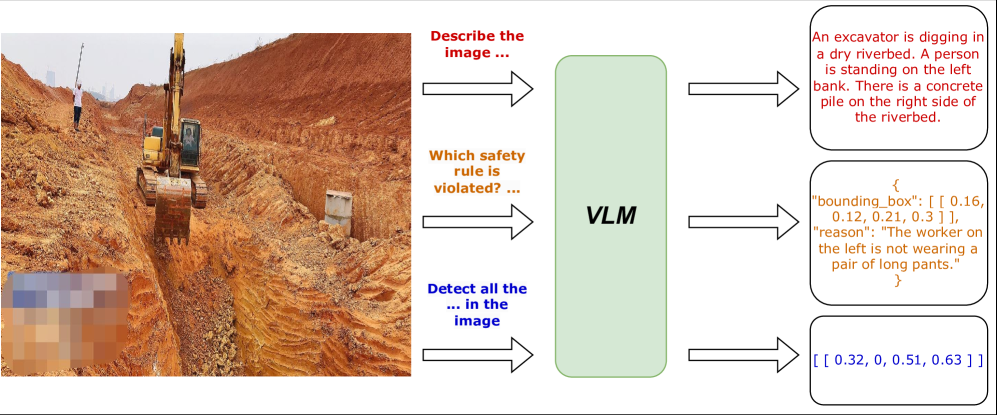
2. Deep CORAL: Correlation Alignment for Deep Domain Adaptation
This paper addresses the need for unsupervised adaptation in the case where the target domain is unlabeled. CORAL aligns the second-order statistics of the source and target domains through a linear transformation. This paper extends CORAL to learn a nonlinear transformation that aligns the correlations between activations across deep neural network layers (Deep CORAL). Experiments on standard benchmark datasets demonstrate that this method achieves state-of-the-art performance.
Paper link:https://go.hyper.ai/JO5Ce
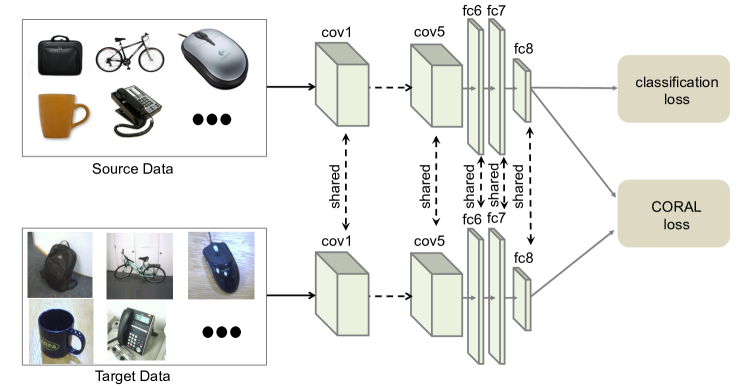
3. Discovery of Unstable Singularities
This paper systematically discovers for the first time a new family of unstable singularities, providing a new methodology for exploring the complex and diverse solution space of nonlinear partial differential equations (PDEs) and addressing long-standing problems in mathematical physics.
Paper link:https://go.hyper.ai/X1Vm1
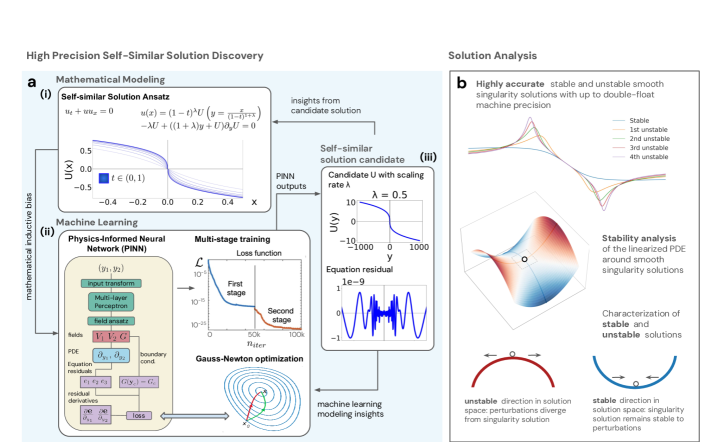
4. DeepSeek-R1 incentivizes reasoning in LLMs through reinforcement learning
This paper demonstrates that the reasoning capabilities of large language models can be effectively stimulated through pure reinforcement learning (RL), eliminating the need for manually annotated reasoning traces. The proposed RL framework facilitates the emergence of advanced reasoning patterns, resulting in models trained with it that demonstrate superior performance on verifiable tasks such as mathematical problem solving, programming competitions, and STEM fields, surpassing comparable models trained using traditional supervised learning.
Paper link:https://go.hyper.ai/h7ki2
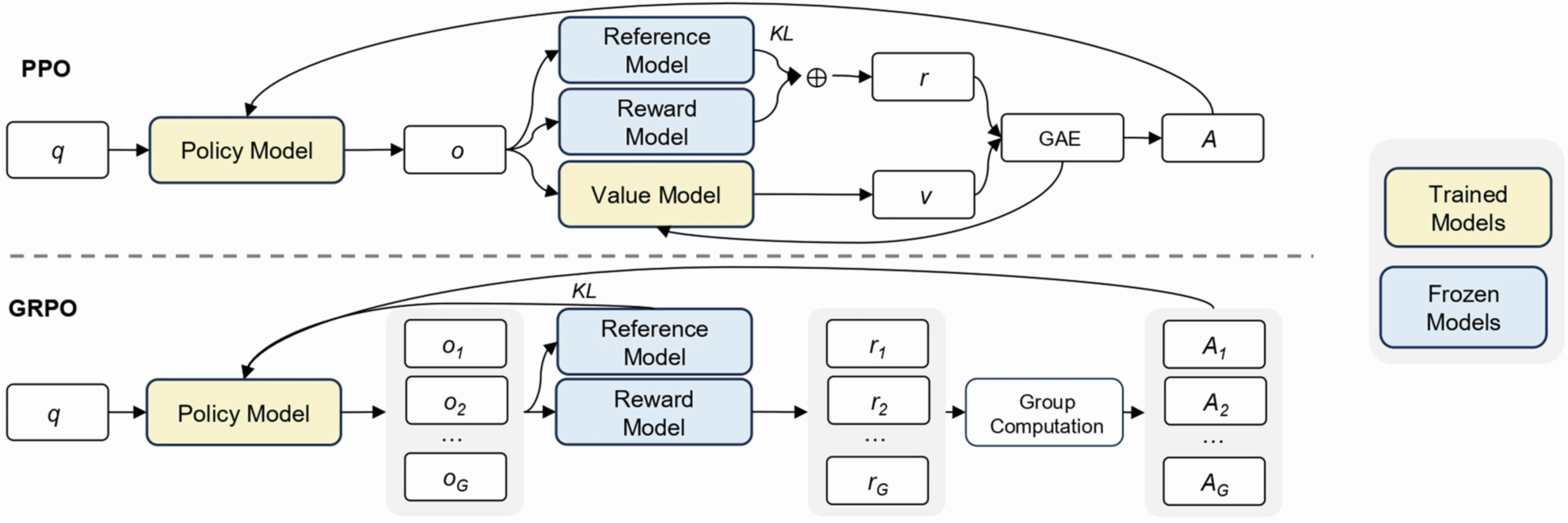
5. PANORAMA: The Rise of Omnidirectional Vision in the Embodied AI Era
This paper proposes PANORAMA, an ideal panoramic system architecture for the era of embodied AI. This architecture consists of four key subsystems. Furthermore, the researchers delve into emerging trends and their interdisciplinary impact at the intersection of panoramic vision and embodied AI, and outline future development roadmaps and open challenges that need to be addressed.
Paper link:https://go.hyper.ai/1ncK7
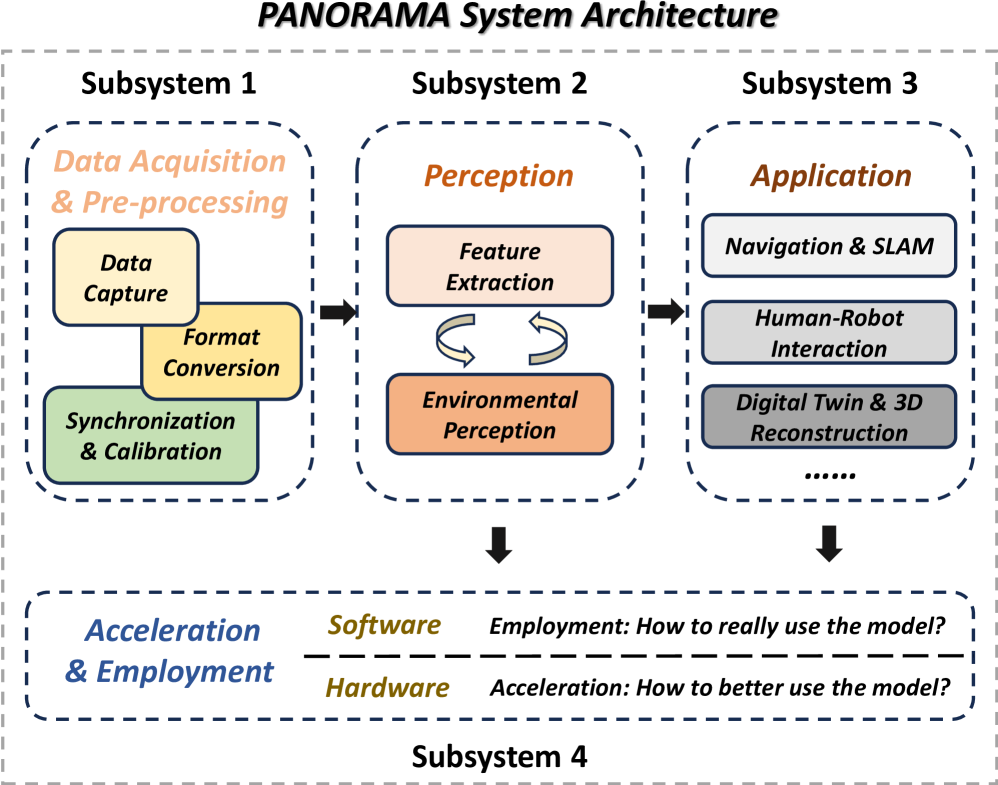
The above is all the content of this week’s paper recommendation. For more cutting-edge AI research papers, please visit the “Latest Papers” section of hyper.ai’s official website.
We also welcome research teams to submit high-quality results and papers to us. Those interested can add the NeuroStar WeChat (WeChat ID: Hyperai01).
See you next week!